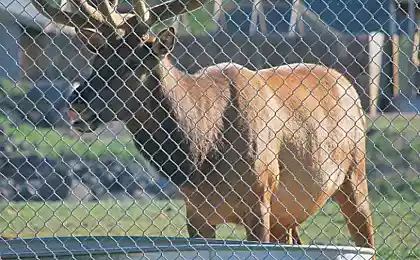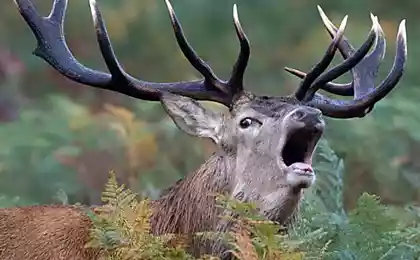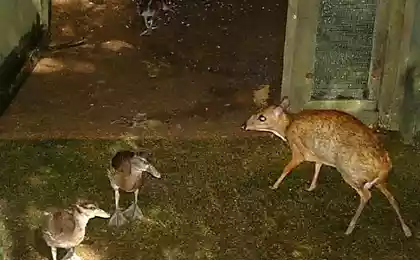4561
Deer like a mouse
In a world of many strange and fanciful animals, but it's probably surpassed many, and perhaps all.
Have you heard anything about that deer except plants may have insects, fish, and even the bodies of other animals?
Strange but true, this deer, which will be discussed further, lives in tropical forests and is a very strange way of life.

Murine deer or Kanchil - a small number of cloven-hoofed creature, which belongs to the family Chevrotain (Tragulidae). Today in the world there are only five species of these animals, and, in Africa, found only one species - the African Water kanchil (Hyemoschus aquaticus), and the rest - ie Asian species: Large kanchil (Tragulus napu), Small kanchil (Tragulus javanicus) and Pyatnastaya kanchil (Moschiola mennina). It should say that in 2005, Sri Lanka has been described in five species - Sri Lankan kanchil (Moschiola kathygre).

Its heyday Murine deer reached in the Miocene (23-5 million. Years ago), and the first paleontological finds are dated Oligocene (34 million. Years ago). Currently, there is this relic, endangered group of animals - the only living representatives infraryada Tragulina (Tragulina). The closest relatives are Kanchiley and deer, and pigs, with the first they have the general structure of dentition and digestive system, and the second similarity in the structure of the limbs, and in particular the presence of the four fingers. Ultimately, Murine deer are a shining example of the most ancient ungulates who evolved all the others.
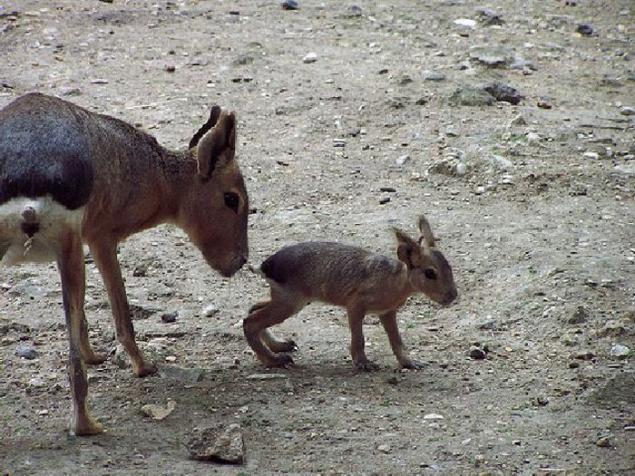
Kanchi inhabit the tropical rain forests of Central Africa and Southeast Asia. Their small size - up to a maximum of 80 cm from the African water Kanchi, wonderful help them move in the dense thickets of tropical forests, not gryaznut in marshy soil and litter. These animals are very territorial and each individual takes, though not large - up to 13 hectares, but a permanent part of the forest. Day of Kanchi are in a variety of places where they hide and feed at dusk and at night. Eat whatever they are caught on the way from leaves of tropical plants, mushrooms, fruits and seeds, to beetles, frogs, fish and carrion. And these deer are actively hunting for fish in shallow rates, streams and rivulets. But African water kanchil spends a lot of time in the water and recover, may be referred to amphibians to mammals - and here it is fed mainly here escapes from predators, while a very good swimmer.
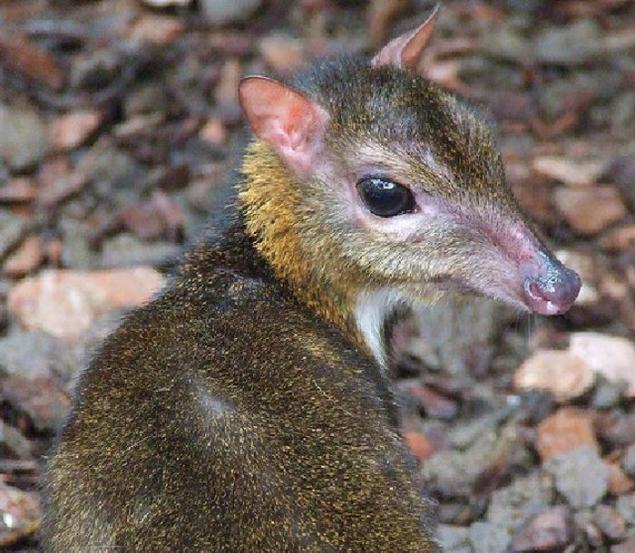

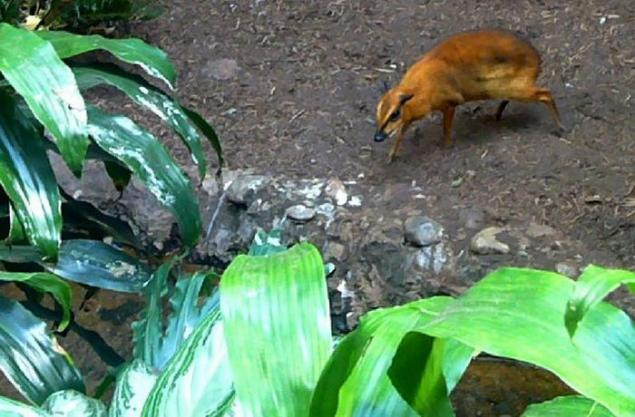

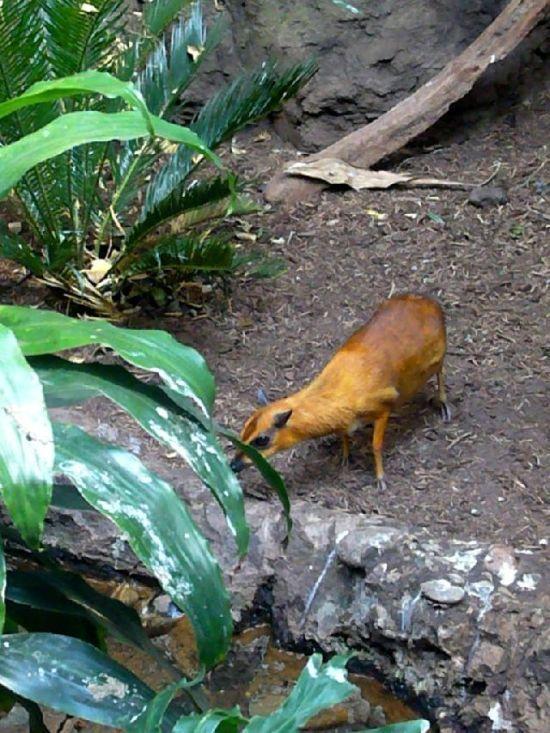
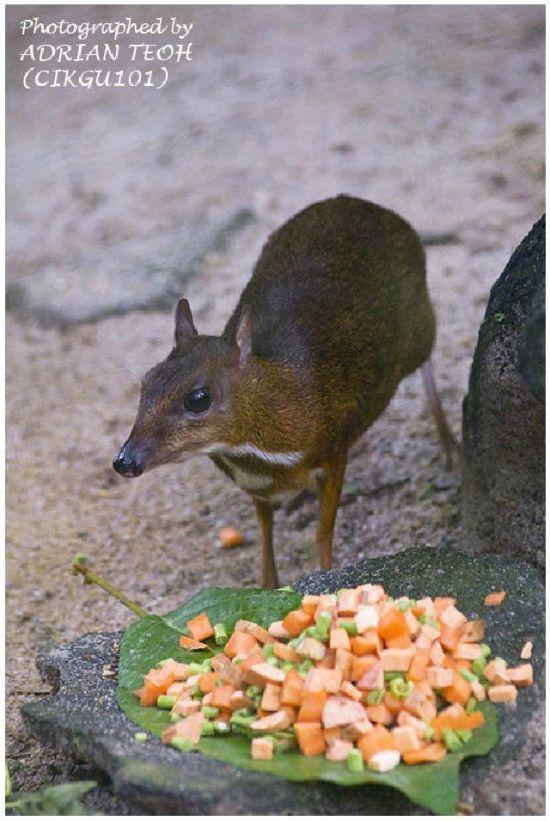
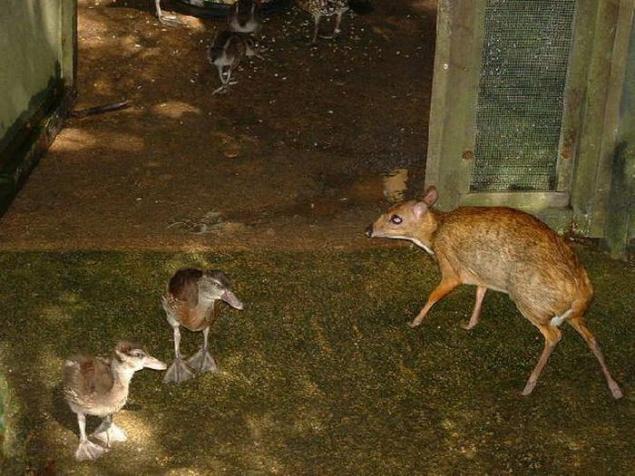
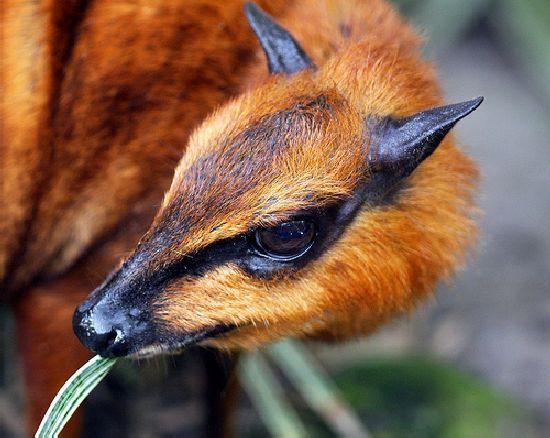
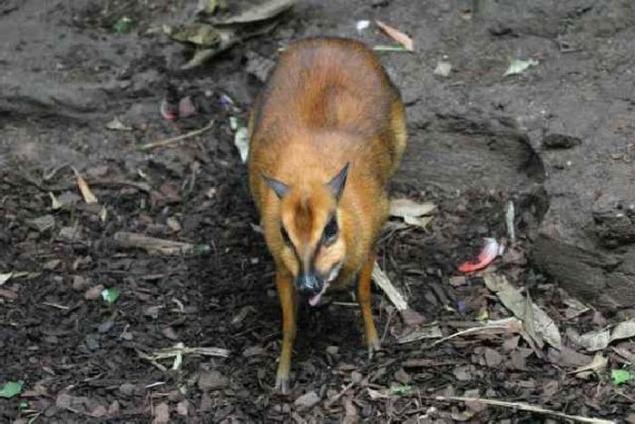


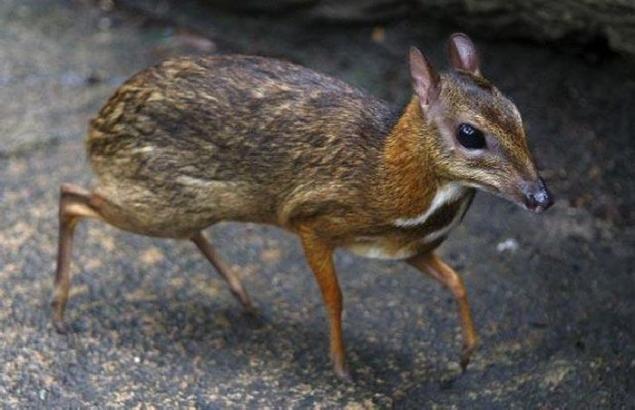



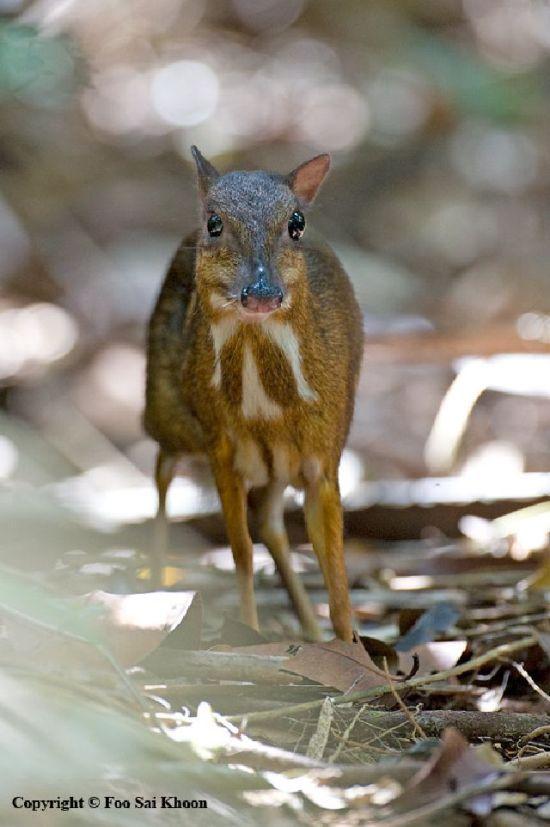
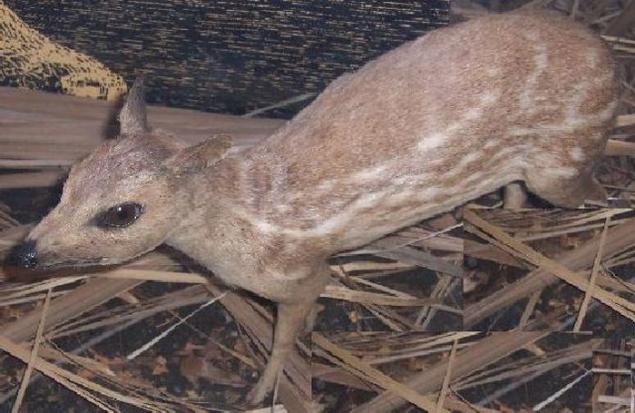
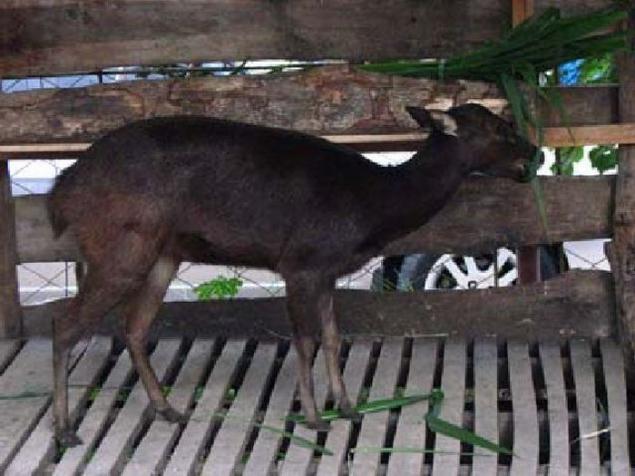
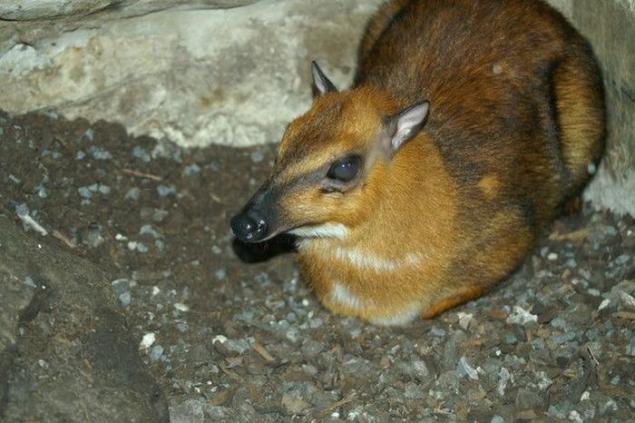
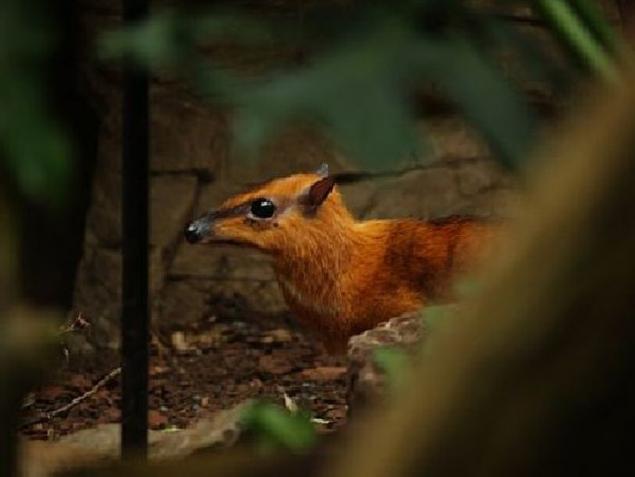
Have you heard anything about that deer except plants may have insects, fish, and even the bodies of other animals?
Strange but true, this deer, which will be discussed further, lives in tropical forests and is a very strange way of life.

Murine deer or Kanchil - a small number of cloven-hoofed creature, which belongs to the family Chevrotain (Tragulidae). Today in the world there are only five species of these animals, and, in Africa, found only one species - the African Water kanchil (Hyemoschus aquaticus), and the rest - ie Asian species: Large kanchil (Tragulus napu), Small kanchil (Tragulus javanicus) and Pyatnastaya kanchil (Moschiola mennina). It should say that in 2005, Sri Lanka has been described in five species - Sri Lankan kanchil (Moschiola kathygre).

Its heyday Murine deer reached in the Miocene (23-5 million. Years ago), and the first paleontological finds are dated Oligocene (34 million. Years ago). Currently, there is this relic, endangered group of animals - the only living representatives infraryada Tragulina (Tragulina). The closest relatives are Kanchiley and deer, and pigs, with the first they have the general structure of dentition and digestive system, and the second similarity in the structure of the limbs, and in particular the presence of the four fingers. Ultimately, Murine deer are a shining example of the most ancient ungulates who evolved all the others.

Kanchi inhabit the tropical rain forests of Central Africa and Southeast Asia. Their small size - up to a maximum of 80 cm from the African water Kanchi, wonderful help them move in the dense thickets of tropical forests, not gryaznut in marshy soil and litter. These animals are very territorial and each individual takes, though not large - up to 13 hectares, but a permanent part of the forest. Day of Kanchi are in a variety of places where they hide and feed at dusk and at night. Eat whatever they are caught on the way from leaves of tropical plants, mushrooms, fruits and seeds, to beetles, frogs, fish and carrion. And these deer are actively hunting for fish in shallow rates, streams and rivulets. But African water kanchil spends a lot of time in the water and recover, may be referred to amphibians to mammals - and here it is fed mainly here escapes from predators, while a very good swimmer.
































